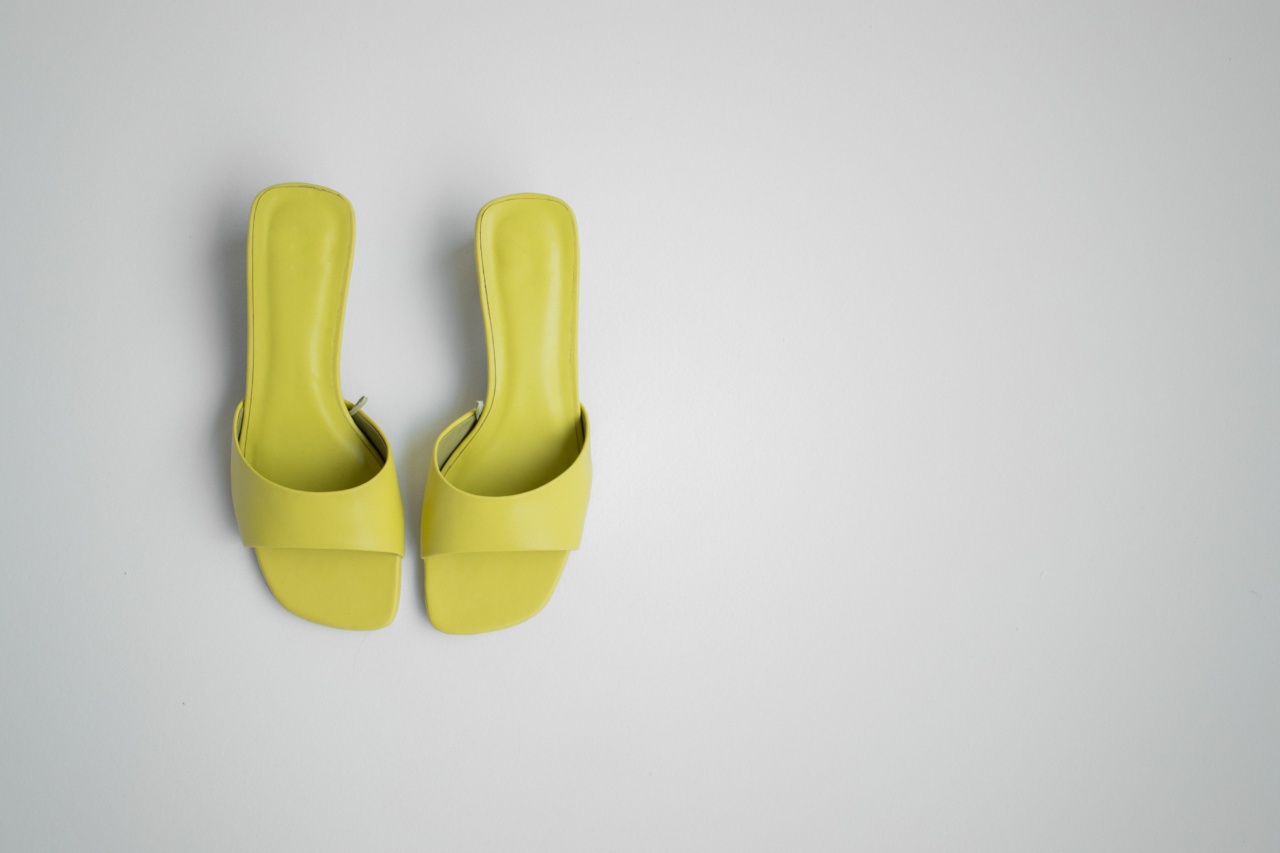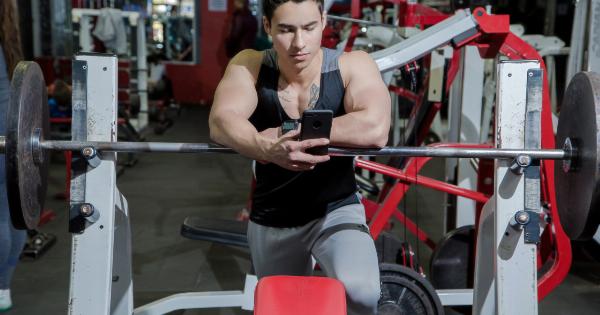Stroke is a debilitating condition that affects millions of people worldwide. It can cause a range of physical and neurological impairments, including difficulty walking and maintaining balance.
However, with the advancements in medical technology, new solutions are being developed to help stroke patients regain their mobility and independence. One such breakthrough is the development of a bionic foot specifically designed to assist stroke patients in getting back on their feet.
Understanding Stroke
In order to fully appreciate the significance of this new bionic foot, it is important to understand the impact that stroke has on a person’s ability to walk.
A stroke occurs when the blood flow to the brain is interrupted, either by a blockage or the rupture of a blood vessel. This interruption deprives the brain of oxygen and nutrients, leading to the death of brain cells.
The areas of the brain that control movement and coordination are particularly vulnerable to damage from a stroke. As a result, many stroke survivors experience muscle weakness and loss of coordination on one side of their body.
This often translates to difficulty walking and a higher risk of falling.
Traditional Approaches to Rehabilitation
Historically, stroke rehabilitation has focused on physical therapy and exercises to help patients regain their strength and mobility.
This often involves repetitive, rhythmic movements designed to retrain the brain and strengthen the muscles affected by the stroke.
During the recovery process, many stroke patients rely on assistive devices such as canes, walkers, or braces to aid their mobility. While these tools can be helpful, they do not address the underlying issues causing difficulty with walking.
This is where the new bionic foot comes into play.
The Development of the Bionic Foot
The new bionic foot is a revolutionary technological advancement that aims to tackle the mobility challenges faced by stroke patients.
It utilizes a combination of robotics and neuroscience to mimic the natural movement of the foot and assist in walking.
The development of this bionic foot involved extensive research and collaboration between engineers, neurologists, and physical therapists.
The goal was to create a device that could seamlessly integrate with the wearer’s natural gait, providing stability and support while promoting normal walking patterns.
How Does the Bionic Foot Work?
The bionic foot is designed to be lightweight and comfortable, allowing stroke patients to wear it for extended periods without discomfort.
It is equipped with advanced sensors that can detect the wearer’s intent to walk and adjust its movement accordingly.
When a stroke patient takes a step, the bionic foot uses built-in artificial intelligence algorithms to analyze the wearer’s gait and provide assistance where needed.
It can adjust the angle and stiffness of the foot based on real-time feedback, ensuring a smooth and natural walking motion.
The bionic foot also incorporates a feedback system that provides sensory input to the wearer. This helps to improve proprioception and sensory feedback, which are often impaired in stroke survivors.
By simulating the natural feedback loop between the foot and the brain, the bionic foot aids in balance and coordination.
Benefits of the Bionic Foot
The introduction of the bionic foot brings several key benefits to stroke patients in their rehabilitation journey:.
1. Improved Mobility: By providing targeted assistance during walking, the bionic foot enables stroke patients to move more efficiently and with reduced effort, ultimately improving their overall mobility.
2. Enhanced Balance and Stability: The advanced sensors and feedback system incorporated into the bionic foot help stroke patients regain their sense of balance and stability, reducing the risk of falls and further injuries.
3. Natural Walking Motion: The bionic foot’s ability to mimic the natural movement of the foot ensures that stroke patients can regain a more natural walking pattern, reducing the strain on other joints and muscles.
4. Increased Confidence and Independence: With the bionic foot’s assistance, stroke patients can regain their confidence in walking and become more independent in their daily activities.
Current Applications and Future Potential
While the development of the bionic foot is still in its early stages, it has already shown promising results in initial clinical trials.
Stroke patients who used the bionic foot reported significant improvements in their walking ability and overall quality of life.
Currently, the bionic foot is being used primarily in clinical and research settings.
However, as the technology continues to advance and become more accessible, it has the potential to be widely adopted as a mainstream rehabilitation tool for stroke patients.
Furthermore, the principles underlying the development of the bionic foot can also be applied to other neurological conditions and injuries that affect mobility, such as spinal cord injuries and multiple sclerosis.
This opens up a world of possibilities for enhancing the rehabilitation process for a broader range of patients.
Conclusion
The new bionic foot offers a glimmer of hope for stroke patients who are struggling with mobility and balance issues.
By harnessing the power of robotics and neuroscience, this innovative device provides targeted assistance during walking, enabling stroke patients to regain their independence and improve their overall quality of life.
As research and development in the field of bionics continue to advance, we can expect to see even more groundbreaking innovations that revolutionize the way we approach rehabilitation for individuals with neurological impairments.






























